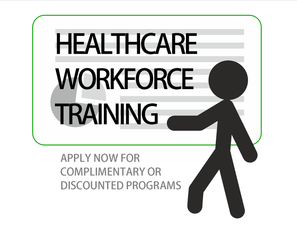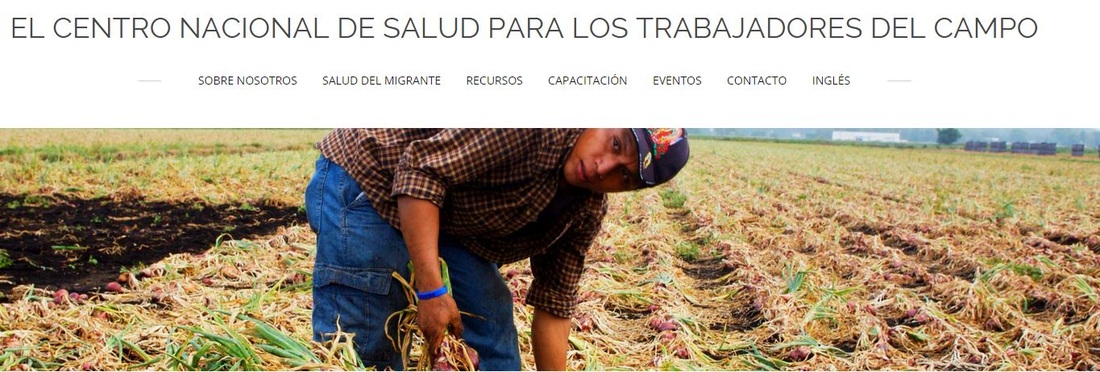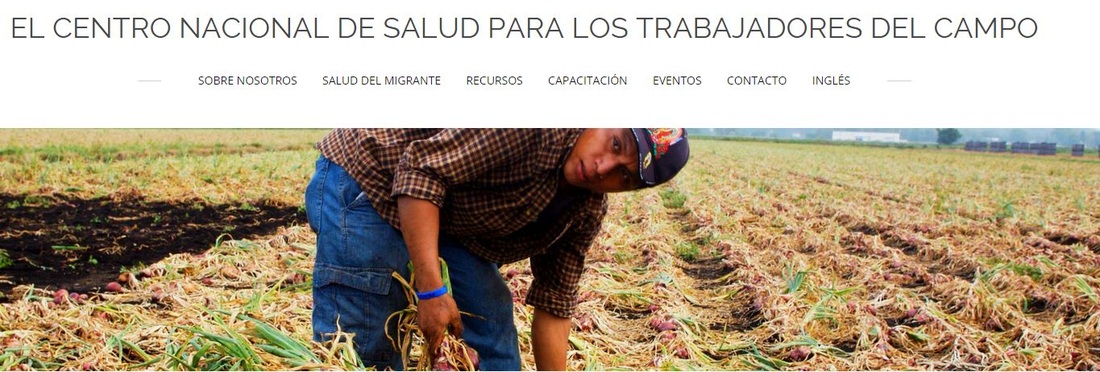|
On Monday, the Environmental Protection Agency (EPA) announced a series of revisions to its existing pesticide regulations in hopes of providing additional protection to agricultural workers in the United States. Approximately 16% of the 2.4 million agricultural workers represented in the 2012 National Agricultural Workers Survey (NAWS) reported loading, mixing or applying pesticides in the last 12 months. That’s almost 400,000 workers. The effects of ag worker pesticide exposure reportedly generate $10-$15 million in healthcare costs each year. In the Huffington Post on Monday, Gina McCarthy, U.S. EPA Administrator, and Thomas E. Perez, U.S. Secretary of Labor, wrote: There are serious financial consequences for businesses that don't acknowledge the importance of worker safety. They not only endanger their own workers, they reduce their competitiveness and harm their bottom line. It's time to raise the bar for our agriculture workers in the United States. The article also included insight from Norma Flores, a woman from a migrant ag worker family, who now works for the East Coast Migrant Health Project. Migrant farm labor supports the approximately $28 billion fruit and vegetable industry in the United States. At NCFH, we proactively support the work of migrant health centers and the empowerment of farmworker communities in our mission to improve health status. We are determined to eliminate the barriers to health care and increase access for farmworker families to culturally appropriate quality health care. By Lindsey Bachman
Photo: iStock Fall is upon us, which undoubtedly means pumpkin everything; from pumpkin spiced lattes to jack-o-lanterns sitting on our front porches to cuddling up next to a loved one spooning pumpkin pie in our mouths – the season of pumpkin is here. But with the demand for pumpkin-everything comes the increasing demand of pumpkin picking farm labor.
There’s a small county in Texas that boasts, “Pumpkin Capital, USA.” Their mission goes on to say “We produce the world’s finest Pumpkins and a lot of them.” Patrons excited for the heat of Texas to transform into a brisk cool air travel to this small county to watch – and participate – in the beloved “Punkin Days.” From pumpkin arts and crafts to pumpkin size contests, it is truly a festival of pumpkin-everything. But the satisfied customers and crowds of Floydada, TX would not being lining up for pumpkin-everything if it weren’t for the toiled and hard-working farmworker. Texas isn’t the only state that commends itself of the perfect pumpkin patch – every year an estimated 35,000-38,000 farmworkers migrate to Illinois for the ample (and very heavy) pumpkin and autumn harvest. In 2012 the USDA’s Agriculture Census reported Illinois has 16,426 acres of pumpkin patches, making it the largest acreage of farms growing pumpkins in the United States. With hundreds of pumpkins growing approximately every acre – that is a lot of land – and pumpkin – to cover. It’s easy to overlook the occupational health risks of farm workers while we’re gutting our pumpkins and carving silly faces on them, but they exist, and they’re not going away anytime soon. Illinois reported only serving 0.9% of agriculture workers in 2014 – while in 2012 3.3% of ag workers were reported as receiving healthcare services. In fact, only approximately 18% of the estimated number of agricultural workers in the U.S. are being served by health centers. In partnership with the National Association of Community Health Centers, NCFH is working to improve the amount of agriculture workers served. The AG 2020 campaign calls on every migrant health center grantee to increase by 15% each year over the next five years the number of agricultural workers served. The migrant farm worker rarely has time or a stable home to decorate with jack-o-lanterns, but their endless days working in the pumpkin fields need tribute. When reaching for a pumpkin at the store – or even reaching for an already-harvested-pumpkin in the field, think about the hands that touched the pumpkin before you and honor their efforts while we enjoy the brisk cool air of fall. Remember the contributions of this tireless population – the selflessness and devotion they have to their jobs are an essential part of our pumpkin-everything happiness this fall season. By Mindy Morgan Image Credit: Creative Commons: Public Domain Emergency situations can happen at any time and anywhere, for this reason it is important to know what to do. Continuing with our topic of First Aid at work, this issue of HealthTips allows readers to learn about what a sudden cardiac arrest is and how to provide "Hands -Only CPR" to someone in need. This issue also addresses what to do when other emergency situations occur, such as choking, diabetic shock and heat stroke. You can use this issue of Health Tips to teach agricultural workers basic first aid steps in each of these emergency situations. It is available in both English and Spanish. For previous editions, please visit our website.
 Did you know that NCFH offers a limited number of complimentary or discounted training programs to Community/Migrant Health Centers? These programs feature a selected number of services with the goal of increasing knowledge, skills, and abilities of a diverse health care workforce. Seize the opportunity to experience NCFH's programs tailored for front-line staff, management, board of directors and others. We even provide some of the trainings via Webinar and video conference! Simply identify your training needs based on our available programs, and submit your application. We only have a limited number of these special offerings left, so please contact us by October 9th for more information. Apply Today!  We have updated our Governance Toolkit to include new tools, webcasts and videos! Take a look at this unique resource that helps you understand why governance is an essential component of the health center program. It includes a Consumer Board Recruitment Training Toolkit, webcast and videos on board recruitment, roles and responsibilities, collaborations, and finance. This toolkit is part of our Performance Management Tool Box which includes tools on administration, human resources, needs assessment, service delivery, and emergency preparedness. Take a look at them! El Centro Nacional de Salud para los Trabajadores del Campo se enorgullece en presentar su portal en Español! Puede acceder a nuestro portal haciendo clic a "Español" en nuestra página en
Inglés o directamente en www.es.ncfh.org. NCFH is proud to present our Spanish website! You can access it by clicking the tab "Español" on our English website or going directly to www.es.ncfh.org.
|
The National Center for Farmworker HealthImproving health care access for one of America's most vulnerable populations Archives
July 2024
Categories
All
|






 RSS Feed
RSS Feed